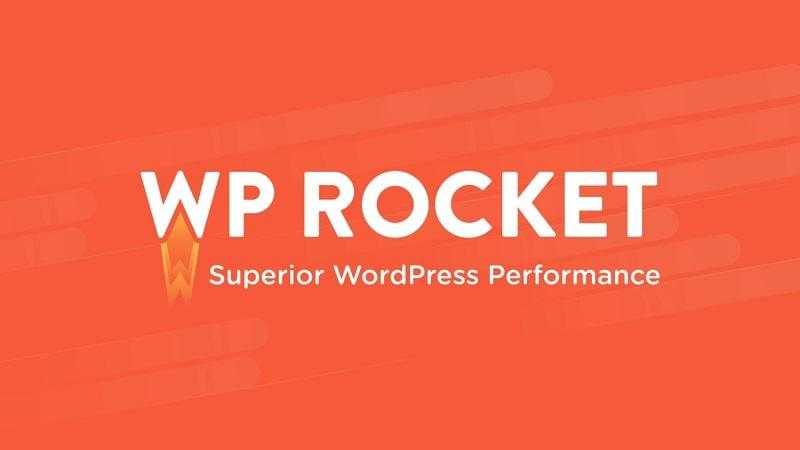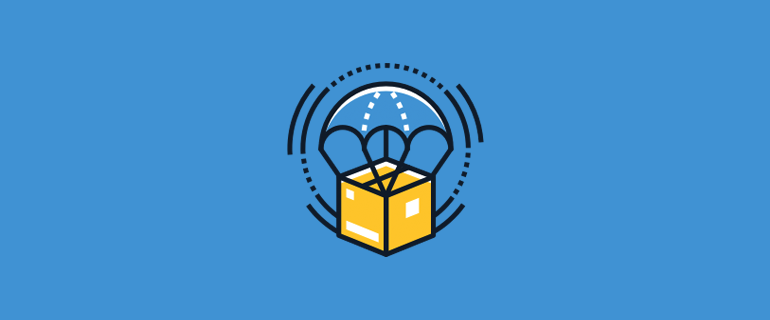As a WordPress user, you’ve probably come across articles on WordPress speed optimization. Accelerating a WordPress site involves many factors and among them caching is an extremely important one.
Caching, when applied correctly, can reduce the loading time of your WordPress site, which can further contribute to SEO rankings and deliver a better user experience.
To take full advantage of WordPress caching, it is important to understand its mechanism and learn effective ways to implement it.
How does caching work?
Caching is a temporary repository that stores a copy of static web pages to reduce load time. Usually, when a user visits your WordPress site, he sends a request to your web server for every action it performs on your website.
In return, your web server is called by your WordPress to entertain every request of your site visitor. These forward and backward transactions can cause delays if the server is busy processing traffic or if the distance between the visitor and the server is too large.
Sometimes the user wants the same requests over and over again. For example, the header or footer of a site is not updated as publications do, and when it is loaded, it does not need to be downloaded from the server until it is changed. In the case of dynamic content that is updated frequently, the caching engine is able to clear the old cache and generate a new one with updated content.
Caching maintains a copy of HTML files that have already been serviced once by the server in its RAM and instantly delivers it to the user, without any processing, as the first time. This exchange is faster and less troublesome for the hosting server.
Types of caching
If you run a WordPress site, then you need to keep in mind two types of caching.
- Server caching
- Client-side caching
Server caching is done at the server level, and browser caching is done by the client. Let's look at each option to understand its effect on website speed.
Server caching
Server-level caching is related to server-side caching. It stores the requests pre-ordered by the customer and instead of going through the whole process again and simply delivers the end result. This makes data retrieval faster and improves the overall performance of the site.
There are two commonly used methods: Caching Objects and Caching Entire Pages.
Cache Object: Instead of caching the entire page, the object cache caches only the results of the re-request. Various requests are sent to the database to retrieve the required data requested by the user. The object cache stores the result of these frequently requested queries for faster response.
Full-page cache: Unlike object cache, this method stores the full HTML page or full view requested by the user. This method makes loading the page faster, as it is not necessary to generate a web page for each subsequent visit.
Hosting mechanism
Many hosting providers offer optimized hosting that has built-in server-side caching capabilities. These providers have optimized their servers at the core levels, which is more efficient than using any WordPress plugin.
Client caching
Caching processed in the user's browser is related to client-side caching. Usually, when needed the browser browses a web page, it loads not only the content but also the JavaScript and Stylesheet files working behind the scenes of the web page.
Browser caching
Browser caching is the most efficient method of client caching. When a user visits a web page in a browser, he caches the resources needed to display the page, such as JavaScript files, style sheets, and media content. This content is temporarily stored in the browser and is served directly from the local storage instead of being requested again by the webserver.
Execute caching in WordPress
WordPress is a dynamic platform that supports data-rich functionality and content-rich themes. There is plenty of room to cache this content to achieve faster loading pages. We've already seen how we can use server-side and client-side caching. Let's see how WordPress plugins can help us build an effective caching mechanism for the client.
WordPress Cache Plugins
There are many WordPress caching plugins that claim to speed up the loading of your site faster. We have listed three popular WordPress caching plugins.
Breeze

Breeze is a free lightweight plugin. It offers all the features needed for caching by the client.
The plugin offers the following highlighted features:
- Minimize CSS, JS, HTML
- Gzip compression
- Browser caching
- Grouping CSS and JS
- Database optimization
- Varnishing rules
WP Rocket

WP Rocket is a high-performance caching plugin that is easy to set up and comes with all the basic and advanced features of client-side caching management on your WordPress site. Some of WP Rocket's features are:
- Cache preload
- Static file compression
- Page caching
- Gzip compression
- Database optimization
- Browser caching
W3 Total Cache

With over one million active installations, the W3 Total Cache plugin is one of the popular WordPress caching plugins.
The plugin can be downloaded for free from WordPress.org and can be easily configured via the WordPress dashboard. It has separate sections for each functionality. Some of the highlighted features are:
- Cache page
- Database cache
- Minification
- Cache Object
- Browser Cache
- Groups of cookies
- Benefits of WordPress Caching
There are many benefits to applying proper caching to your WordPress site.
It improves the speed of your WordPress site as well as improves the user experience. Because the server does not ping for each request each time, this reduces the load on the hosting server.
As everyone knows, Google loves faster sites. Therefore, it also improves SEO ranking. On the client-side, the bandwidth is also recorded because it is used by caching content stored in local memory and not to retrieve data directly from servers.
If you have not yet implemented caching on your WordPress site, then I suggest you do so by following this article. Make sure you get a full backup of your site, as seen then WordPress site breaks after deploying caching. Also, test the performance of your site before and after applying caching to see the difference it can make to your WordPress site.

Nadejda Milanova
An experienced Content creator in the field of Search Engine Optimization (SEO) and WordPress. A true proffesional with a Master's degree focused on journalism.
Read more by Nadejda Milanova





